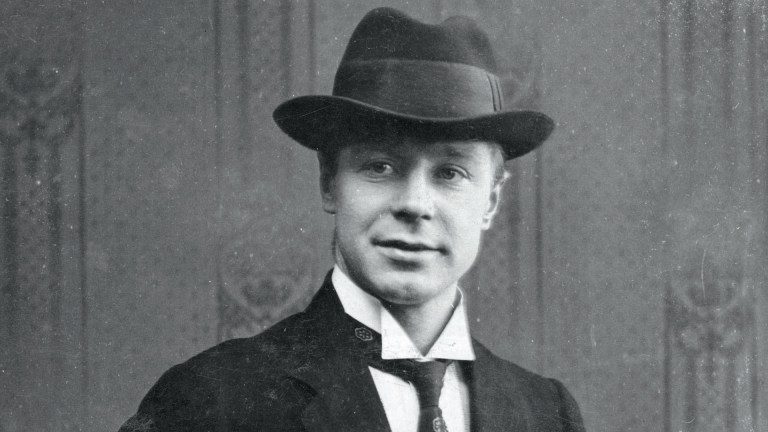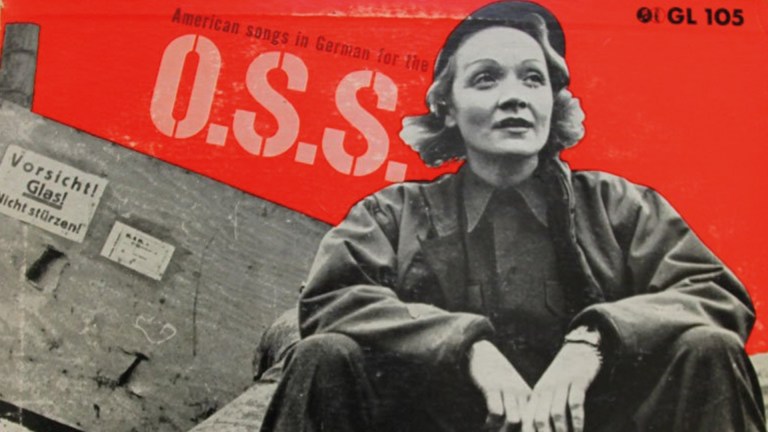I grew up in the 1950s and 60s. I lived on a new council estate in Essex and my life was quite tranquil – women always wore hats, there were only a couple of channels on the telly and no one we knew had ever got divorced.
It is fair to say that I knew nothing about wife-beating in the 1960s. It was only in the early 1970s, as the women’s movement was beginning to have an impact, that I heard about Erin Pizzey and her Women’s Aid refuge for battered women in Chiswick, West London. It was obvious that domestic violence had been occurring for a very long time, but politically no one was particularly interested in doing anything about it.
An infamous judge in the 18th century, Sir Francis Buller, is rumoured to have said that a man may beat his wife with a stick as long as it is no wider than his thumb. Man was King in his home and he was permitted to control his wife.
The police saw domestic violence as just as much the victim’s fault
When I became involved in the women’s movement it was clear attitudes had changed very little since the 18th century. Lack of money, childcare responsibilities and having nowhere to go made it difficult for women to leave violent homes. The law was little help – injunctions to control violent behaviour were difficult to obtain and largely ineffective – and the police saw domestic violence as just as much the victim’s fault as the perpetrator’s with excuses such as, “she nagged him”, “his dinner was cold” and “she answered back”.
Arrests were rare – the allegation and injuries had to be extremely serious for this to happen. No helpful advice was given to women and no understanding of future risk existed. Incidents were mostly logged as ‘all quiet on arrival’ and ‘no cause for police action’.
When I turned 24, I was living in Leicester and went along to a Women’s Aid meeting. It was a chance to do something practical and useful. Leicester Women’s Aid was just about to open a refuge, a small house in a densely populated area of the city. I became part of the support group. We raised money to give it a lick of paint and provided bedding and other essentials. The refuge filled up almost as soon as it was open.
The women all had agonising, sad and desperate stories to tell, and the injuries to back them up. The support group assisted women with housing, social security and legal issues as well as health and any welfare problems encountered by them and their children.
Leicester Women’s Aid was part of the National Women’s Aid Federation (NWAF) – an organisation made up of groups around the country. In 1975 the NWAF was looking for workers and in December, at the age of 25, I took up the job of national coordinator. At the same time Jo Richardson MP had just come out top in the ballot in Parliament, which allowed her to present a Private Member’s Bill. She wanted to do something about domestic violence – and NWAF wanted to help her.
We advised her on what the needs of women were, and her Domestic Violence and Matrimonial Proceedings Bill broke new ground. For the first time, a power of arrest could be attached to an injunction. After the Act came into effect, the police could enforce any injunction that had the power of arrest. The Act sent out the message – domestic violence is wrong, and we are taking it seriously.
After I left NWAF I became a barrister, because I wanted to continue to work for women. Things were progressing slowly in the courts and in the attitudes of some judges. It was astonishing to me how many of my family cases involved issues of domestic violence. The statistics were (and still are) shocking. In this country alone there are two women killed every week by a violent partner.
Over the years, judges began to accept that domestic violence was a real issue, not just for the women involved but also for the children. Social Services began to take note. The attitudes of the police changed, and specialised training became the norm. Case law made it imperative that the effects of domestic violence were considered and different legislation came in to protect women.
In my new book The Girls from Greenway, two sisters live at home with their mum and dad on a council estate in the 1960s. Their father is a man of moods and has a history of domestic violence. One evening when the girls and their mum come in after a pleasant night out, dad lashes out. I included the issue of domestic violence in the book because it is the experience
of so many women and because it is something that has been very important for the last 45 years of my life. It has been a great privilege to be part of that struggle to bring about the positive changes in the law and attitudes. The struggle continues – the main difficulty now is the lack of legal aid. Pass me that banner!










